Blogs
Home / Blog

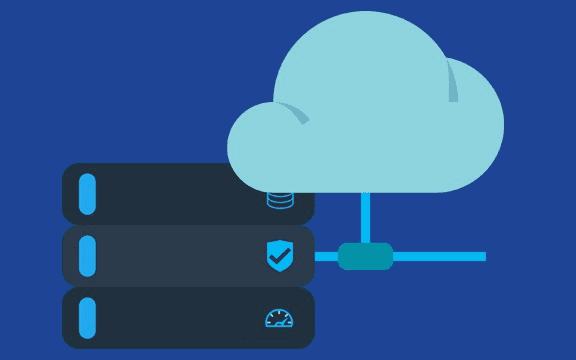
The IT industry evolves and adapts faster than any other industry. This forces IT leaders to not only keep pace with emerging trends, tools and technologies but also stay one step ahead of the curve in order to gain an edge over competitors.
For this, IT leaders must have a clear understanding of the challenges and hurdles that will come their way in the future so they can prepare in advance. If you are interested in learning about issues that can negatively impact the IT industry then you are at the right place.
Here are seven problems that are negatively impacting the IT industry and how you can overcome them.
The sheer volume, magnitude and complexity of cybersecurity threats targeting businesses are making life difficult for organizations. The numbers were already high before COVID-19 but they sure skyrocketed in its aftermath. Throw in the global tensions between Russia, Ukraine and other countries and we might see this trend continue well into 2023.
Businesses should aim to reduce the risk of cybersecurity threats by making cybersecurity a priority and having a sound cybersecurity strategy in place, as well as leveraging smart cybersecurity tools, stringent policies and layered security architecture.
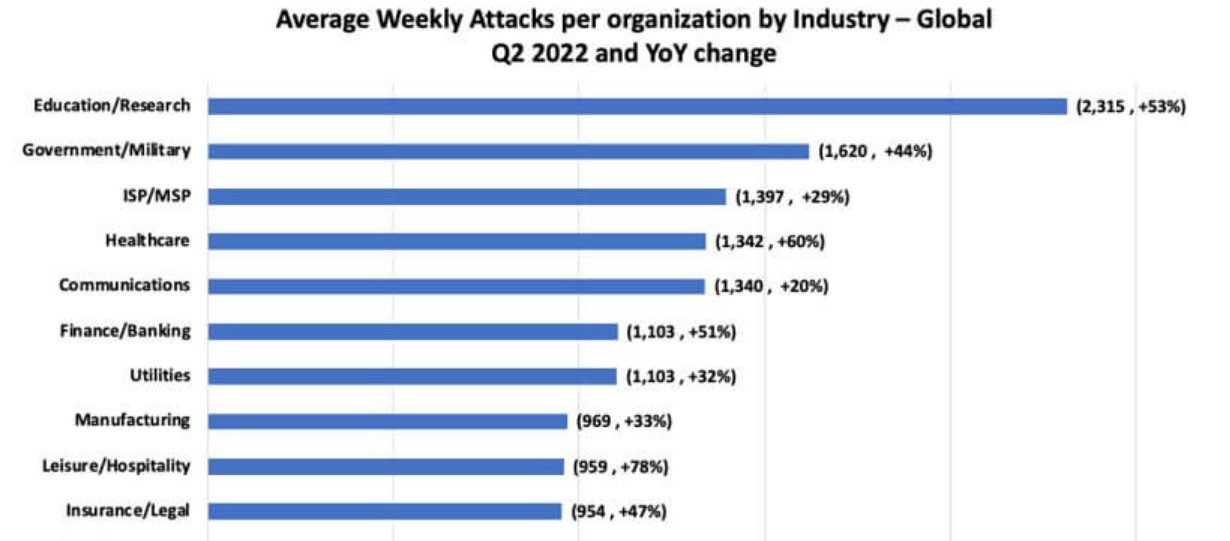
Furthermore, instilling cybersecurity awareness in employees, following security best practices such as using multi factor authentication, having an incident response plan and taking regular backup of your critical business data will go a long way towards securing your critical business assets.
With threat actors using smart techniques to evade detection, you can’t afford to ignore cybersecurity anymore. Just because you have some state-of-the-art security system in place does not mean that you can lay back and relax. Cybercriminals can easily find vulnerabilities to exploit and bypass even the most secure systems.
The ever widening talent gap in the IT and cybersecurity industry is becoming a serious problem. With millions of unfilled cybersecurity positions and very few candidates capable of filling those roles, don’t expect the situation to improve in 2023. The growing competition for talent and ‘The Great Resignation’ is complicating things even further.
Instead of sourcing new talent for unfilled cybersecurity positions from outside, you are better off preparing and nurturing existing cybersecurity team members to take up new roles. This can be accomplished by organizing training programs, encouraging your employees to attend seminars and workshops or taking up courses. This will not only help them upskill, but also step up the career ladder.
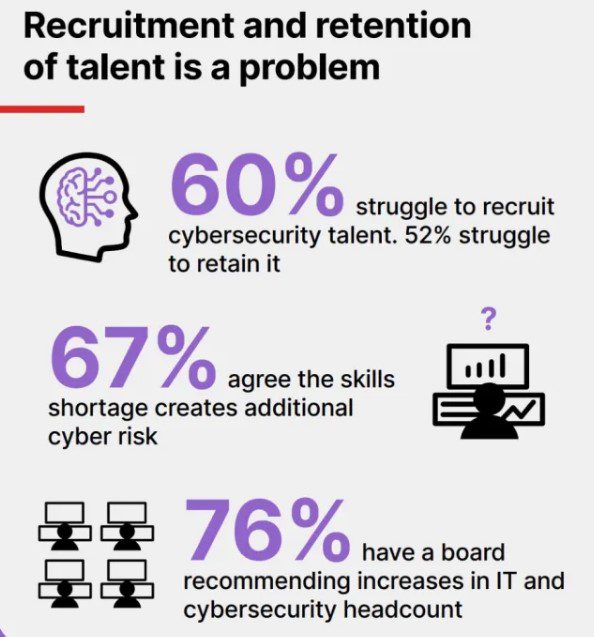
Another problem that is closely related to the talent shortfall issue is a high turnover rate. With understaffed and overworked teams, IT and cybersecurity professionals tend to switch jobs more often or retire earlier than expected. With higher demand for talent and low supply, expect big businesses to pay top dollars to hire the best talent. This gives your existing cybersecurity team members another reason to switch.
So, how can businesses deal with a high employee turnover in cybersecurity? By providing employees a conclusive environment and corporate ladder to climb. By giving them opportunities to learn and grow as a professional and allowing them to advance their careers. Balance their workload in such a way that no employee is subject to employee burnout and work-related stress.
One of the biggest challenges for CIOs is to improve efficiency and productivity of their team without increasing the cost. Inflation and recession are pushing the cost higher while forcing companies to slash their IT budgets. The rising cost of data breach and cybersecurity operations as well as unexpected expenses such as a sudden migration from traditional in-office to remote and hybrid work environments have put extra pressure on shrinking IT budgets. CIOs should look for technologies and new ways that can help them keep the costs under control.
Anybody who has ever worked in an IT or cybersecurity industry knows how hectic it can be. Even before the pandemic, IT teams reported work related stress and burnout. With the added push towards digital transformation, workload of IT team members have increased manifolds.
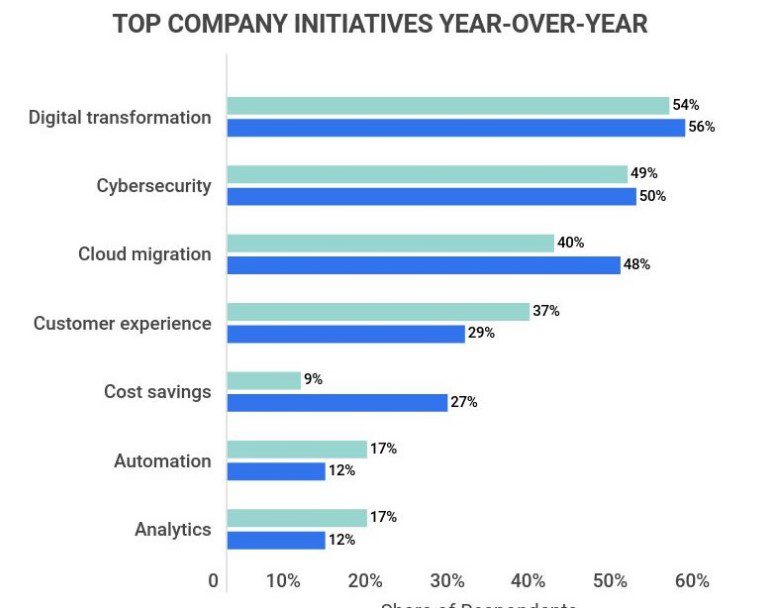
What’s more, businesses that have already implemented digital transformation in one functional unit are trying to scale it to other departments within the organization, increasing the pressure on IT teams driving those initiatives. Since digital transformation in one functional unit is directly connected with digital transformation in order departments, IT teams need support from different stakeholders to make it a success.
Supply chain disruption is another issue that is leading to a host of problems. Chip shortages, delays in receiving technology components as well as the rising costs of equipment are forcing businesses to work with whatever equipment they have. Even if they are planning to buy new products, they have to settle for products from different manufacturers at a higher cost. To minimize the shock from these supply chain attacks, businesses will have to become adaptable and flexible.
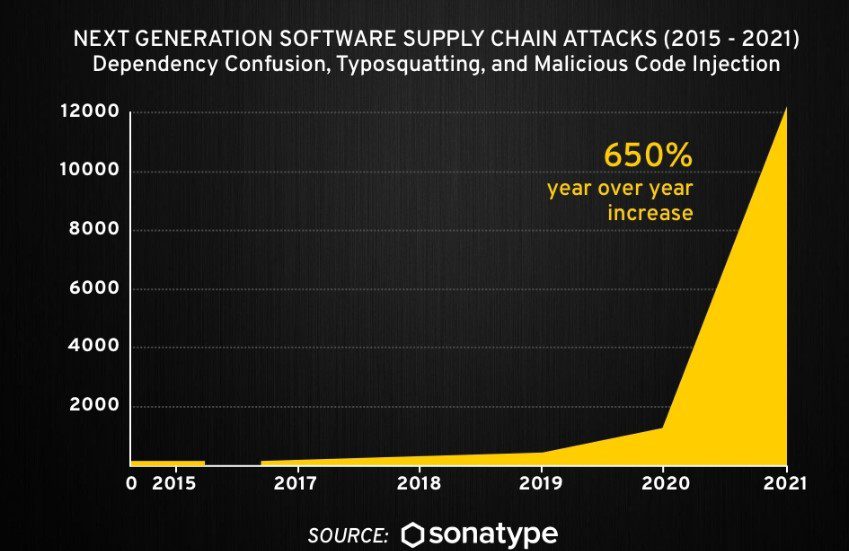
When the world went into lockdown, businesses had to rush to make arrangements to operate online and send their employees on remote work or hybrid work. This not only increased the expenses as businesses have to provide equipment to employees but also increased the cybersecurity risk as remote workers are more vulnerable to cybersecurity attacks. With little to no visibility into the devices and network they are using, cybersecurity teams don’t have the same level of control as they did in traditional office environments.
Read more : Cheap Dedicated Servers
Invest in a virtual private network and provide your remote workers with specialized devices that offer your cybersecurity teams more control. Increase cybersecurity awareness so they don’t fall prey to social engineering attacks. Ask them to avoid insecure wireless networks and use password best practices when logging into their accounts.
What In your opinion is the biggest issue the IT industry is currently facing? Share it with us in the comments section below.
Enter your email to receive the latest news, updates and offers from HostNoc.
